The polls place the right-wing bloc ahead, with Giorgia Meloni’s far-right Brothers of Italy as favorites in voting intentions.
1:16


Italians are called to the polls this September 25 to determine the composition of the two chambers that make up Parliament.
The reduction of seats will be one of the keys to this event, in which the electoral system that was already launched in the 2018 elections will be repeated.
What is in game?
A referendum in September 2020 endorsed a constitutional reform that involved lowering the number of seats in the Chamber of Deputies from 630 to 400. The number of senators appointed by popular vote was also reduced from 315 to 200.
The Constitution establishes that the renewal of the chambers must be carried out every five years, but in practice reaching the theoretical end of the legislature depends on the stability of the Government. The last elections, in fact, took place in 2018.
All citizens over 18 years of age have the right to vote, although until 2021 the threshold was 25 years for elections to the Senate. To present a candidacy for Congress, it is required to have turned 25 years old, while only those over 40 years of age can be senators.

Matteo Salvini, Silvio Berlusconi and Giorgia Meloni in an electoral act of the right-wing bloc. Photo: EFE
How are legislators chosen?
Italy premiered in the 2018 elections the electoral system baptized as ‘Rosatellum’, in honor of the Democratic Party deputy who proposed the reform, Eltore Rosato. It establishes a double system for the distribution of seats and, theoretically, it favors the implantation of blocs and the parties with the greatest territorial expansion.
36% of the seats are distributed through a system of single-member constituencies, in which the candidate who obtains the highest number of votes wins the seat. This formula will serve to distribute 147 seats in the Chamber of Deputies and 74 in the Senate.
Another 61% of the legislators -245 deputies and 122 senators- will be appointed from a proportional list system, with between one and eight seats per constituency, depending on the population they have.
The regulation reserves 2% of the seats – eight in the Chamber of Deputies and four in the Senate – for Italians living abroad, also through a proportional system of party lists.
The final distribution takes into account a series of minimum thresholds, in such a way that the parties that present themselves alone and do not obtain at least 3% of the votes at the national level will not obtain any seats. In the Senate, obtaining 20% of the votes in a region is established as an exception.
For coalitions, the minimum threshold is raised to 10%.
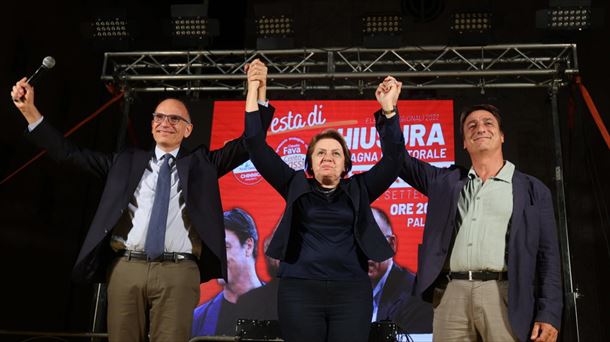
Enrico Letta at a center-left campaign rally. Photo: EFE
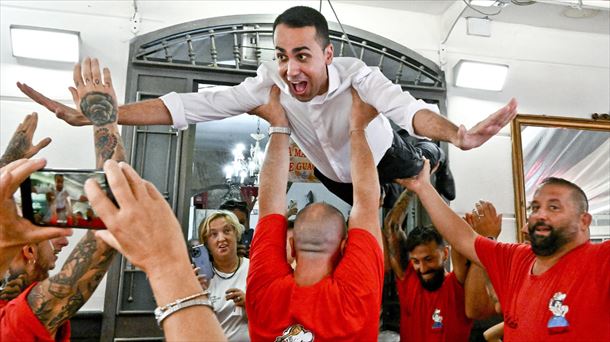
Luigi Di Maio (Civic Engagement), also from the center-left bloc. Photo: EFE
Who shows up?
The polls place the right-wing bloc ahead, with the far-right Brothers of Italy of Giorgia Meloni as favorites in voting intention. Meloni aspires to be the first woman to lead an Italian government with the support of the League of Matteo Salvini and the Forza Italia of Silvio Berlusconi.
The other alliance with options leans towards the center-left and is led by the Democratic Party (PD) of Enrico Lettawhich aspired to a great left-wing front and has finally had to make do with Green Europe, Italian Left and Civic Commitment -the latter created by Luigi di Maio–.
The 5 Star Movement (M5S), led by Giuseppe Conteand the Third Pole that make up the matches of matthew renzi (Living Italy) and Carlo Calenda (Action) observe this conflict between the two great blocs with the hope that their support could be the key to forming a government.
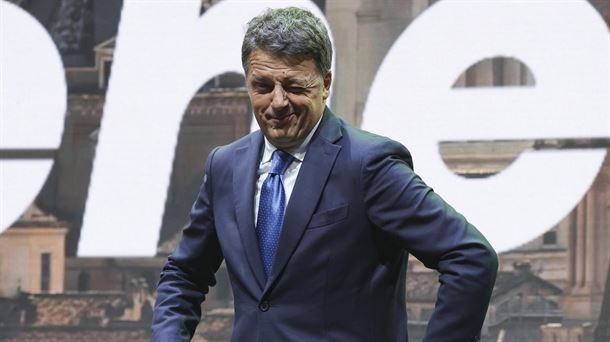
Matteo Renzi (Living Italy) of the Third Pole. Photo: EFE
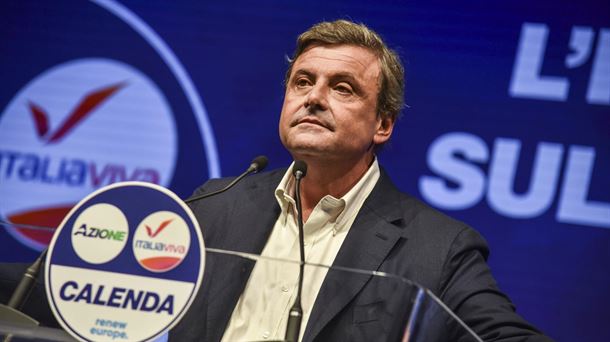
Carlo Calenda (Action), also from the Third Pole. Photo: EFE
When will there be government?
The new Parliament will be constituted on October 13 and, although the contacts between the parties have foreseeably already begun by then, it will not be until after that date when the President of Italy, Sergio Mattarella, begins the consultations with a view to commissioning the formation of the Government .
Mattarella is free to give a name and, as Italy’s recent history has made clear, he does not have to be the head of the list of the party with the highest number of votes. He does not even have to be a member of the Chamber of Deputies, in case the lack of agreement leads to resorting again to an external figure.
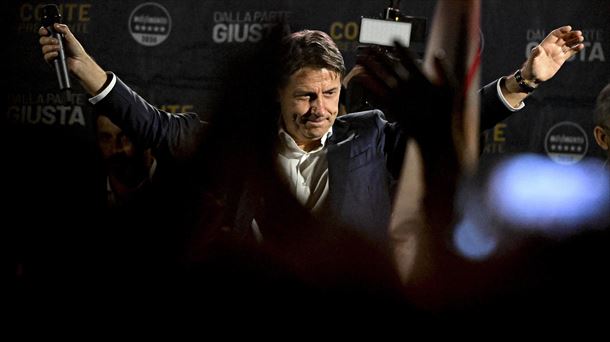
Giuseppe Conte of the 5 Star Movement (M5S). Photo: EFE
Source: Eitb
I’m Tifany Hawkins, a professional journalist with years of experience in news reporting. I currently work for a prominent news website and write articles for 24NewsReporters as an author. My primary focus is on economy-related stories, though I am also experienced in several other areas of journalism.
